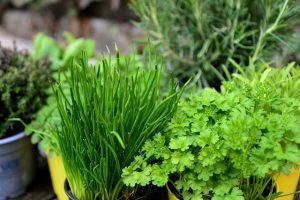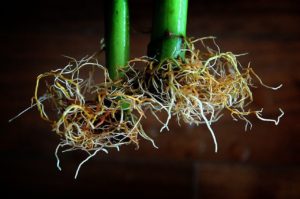Growing herbs at home is a rewarding and satisfying experience that allows you to have fresh flavors at your fingertips while also cultivating a sense of connection to nature. For beginners, cultivating herbs in water is a simple entry point into the world of gardening.
There are several herbs that readily take root in water, and many of them thrive with very little care. This guide explores a selection of popular herbs you can grow by simply placing cuttings in water.
Basil (Ocimum basilicum)
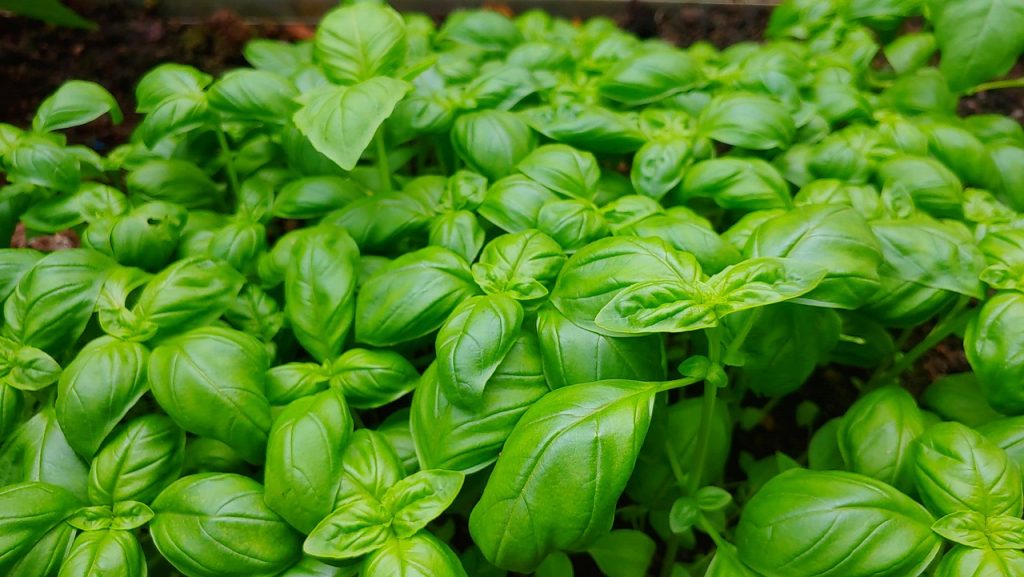
Basil is a staple herb in many kitchens known for its aromatic flavor that enhances dishes from pastas to salads. To propagate basil, start by cutting a stem just below a node (the area where leaves grow). Remove the lower leaves and place the stem in a glass of water, ensuring the node is submerged. Place it in a sunny spot, changing the water every few days to keep it fresh. Within a week, you should see roots beginning to form. Once the roots are at least 2-3 inches long, transfer your basil to soil for optimal growth. Basil thrives in warm weather and can be harvested continually to promote more growth.
Catnip (Nepeta cataria)
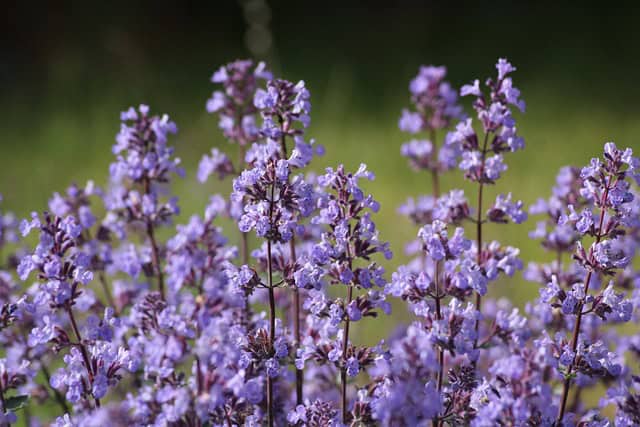
Catnip is not just a playful plant for cats; it can also be a lovely addition to your indoor herb garden. To grow catnip in water, cut a stem with several healthy leaves on it. Submerge the cut end in a glass of water and place it in a bright place. As the roots develop, you’ll notice the enchanting aroma that attracts both feline friends and beneficial insects. Once it’s rooted, pot it in a soil blend that drains well. Catnip prefers plenty of sunlight and can be a wonderful addition to herbal teas as well.
Cilantro (Coriandrum sativum)
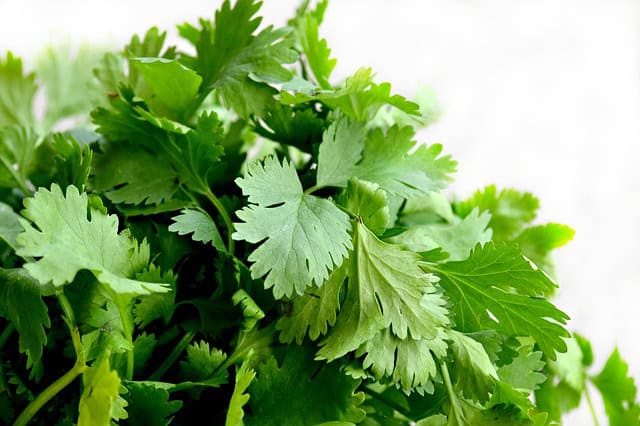
Cilantro, known for its distinct flavor in various cuisines, can be propagated easily in water. Grab a few stems from your market or garden; cut them at the base and place them in a container filled with water. Ensure that the leaves remain above the waterline. Cilantro prefers cooler temperatures and indirect sunlight, making it suitable for indoor environments. Change the water regularly to prevent stagnation. In about a week, you’ll notice new roots developing, making it easy to transition to soil for full growth.
Fennel (Foeniculum vulgare)
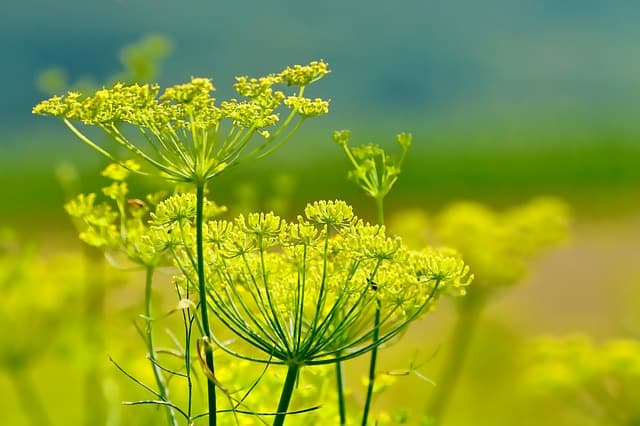
Fennel is a unique herb with a sweet anise-like flavor. To grow fennel from cuttings, slice the bulb of a fennel plant just above the base. Place the bulb base in a shallow bowl of water, ensuring the bottom is submerged. Fennel needs sunlight and prefers warmer temperatures, so place it in a sunny spot. Keep the water level consistent and change it regularly. After a few days, green shoots will begin to sprout. Once these developed enough, you can transfer the bulb to soil for continued growth.
Ginger (Zingiber officinale)
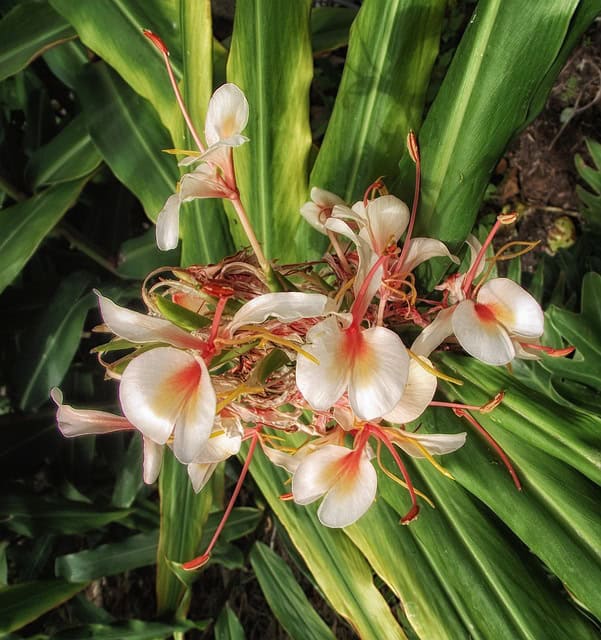
While not a traditional herb, ginger is a fantastic plant you can cultivate in water. To start, obtain fresh ginger root from the store with “eyes” or budding nodes. Submerge the ginger piece in a shallow dish of water, ensuring the nodules are above the waterline. Place it in a warm, bright area where it can receive indirect sunlight. Change the water frequently. In a few weeks, you will notice small green shoots emerging, indicating that the ginger is ready to be potted into soil. Ginger prefers a humid environment, so misting it occasionally can help replicate its natural growing conditions.
Lavender (Lavandula)
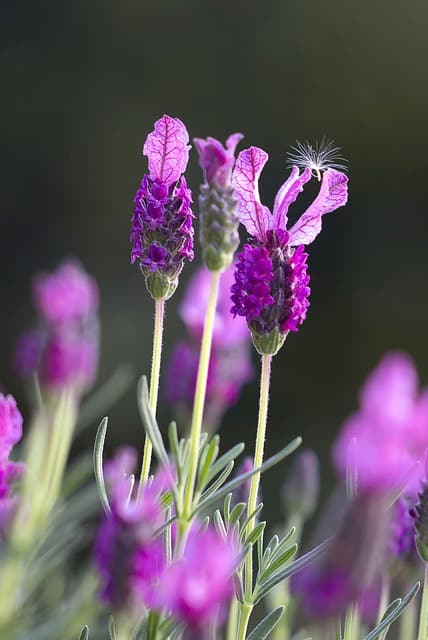
Lavender is cherished for its soothing fragrance and beautiful purple blooms, making it a delightful herb to grow. To propagate lavender, snip a healthy stem just below a node and remove the lower leaves. Place the cutting in a jar of water and set it in a warm area with plenty of sunlight. Over time, roots will start to emerge. Lavender prefers well-drained soil and full sun, so once your cutting has developed a healthy root system, transplant it into a pot with a sandy, dry soil mix to keep it thriving.
Lemon Balm (Melissa officinalis)
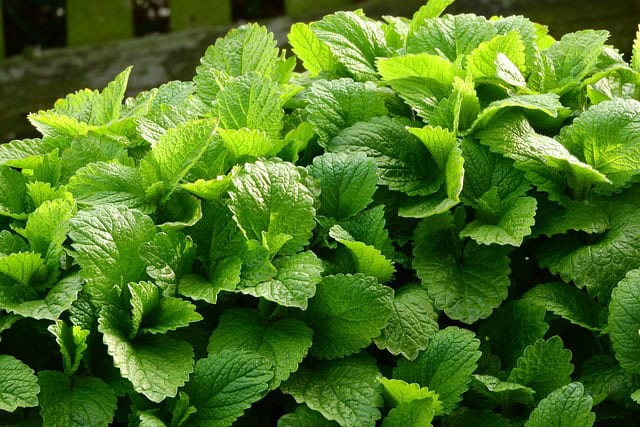
Lemon balm is an aromatic herb known for its lemony scent and flavor. To propagate lemon balm in water, take a cutting from a healthy plant, ensuring that it’s at least 4 inches long. Remove the bottom leaves and place the stem in water, submerging the cut end. Place the container in a sunny location, changing the water every few days. New roots will start to emerge in about a week to ten days. Once the roots are around two inches long, you can transfer the lemon balm to soil. It grows well in good light and can be harshly pruned to encourage bushiness.
Lemongrass (Cymbopogon citratus)
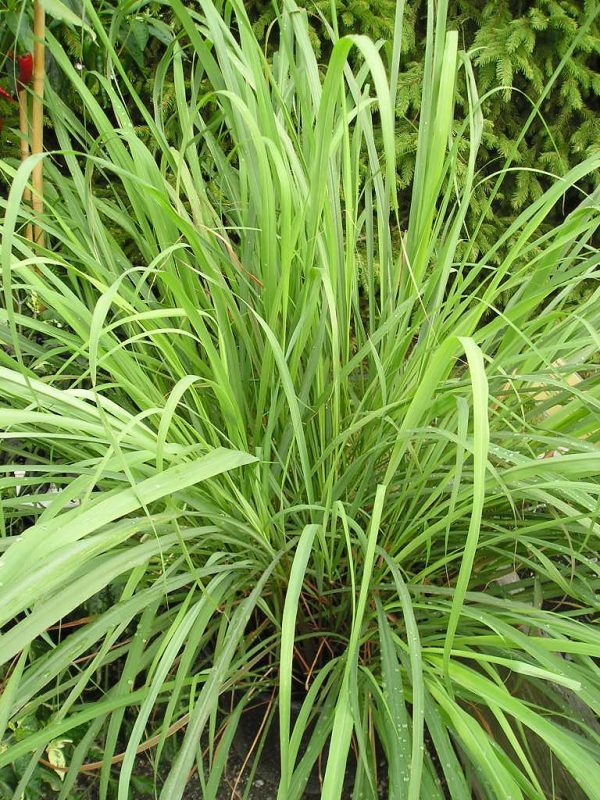
Lemongrass is a popular herb used in Asian cuisine for its distinct citrus flavor. You can easily grow lemongrass in water by using stalks purchased from the grocery store. Cut about 1-2 inches from the bottom of the stalks and place them in a glass of water, ensuring that the cut ends are submerged. Place the glass in a warm location with indirect sunlight. Change the water regularly to prevent bacteria growth. In a couple of weeks, you’ll see roots forming. Lemongrass can then be transferred to soil where it will flourish.
Marjoram (Origanum majorana)
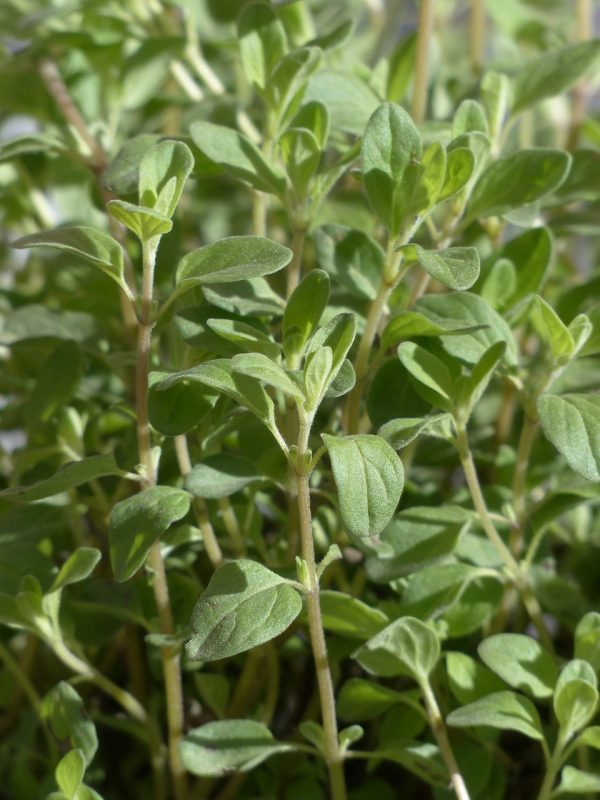
Marjoram is a perennial herb with a sweet, fragrant flavor that is often sweet compared to oregano. To grow marjoram in water, cut a stem approximately 3-5 inches long, ensuring it’s from a healthy plant. Remove lower leaves and put the cutting in water, ensuring the node is submerged. Place the jar in a location with bright, indirect sunlight. Change the water weekly, and you should see roots developing within two to three weeks. Transplant the rooted marjoram into soil for continued growth, which enhances its flavor profile.
Oregano (Origanum vulgare)
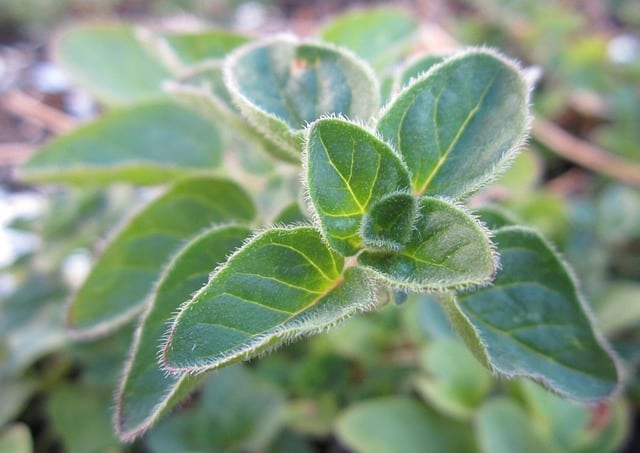
Oregano is a versatile and aromatic herb, commonly used in Mediterranean cuisine. Like marjoram, oregano can be propagated in water from cuttings. Snip a 4 to 6-inch stem from a healthy oregano plant, strip the lower leaves, and place the stem in a glass of water. Make sure to keep the container in a sunny location, changing the water frequently. In about three weeks, roots should form, signaling that it’s time to transplant the oregano into potting soil. Oregano flourishes in well-drained soil and full sun.
Peppermint (Mentha x piperita)
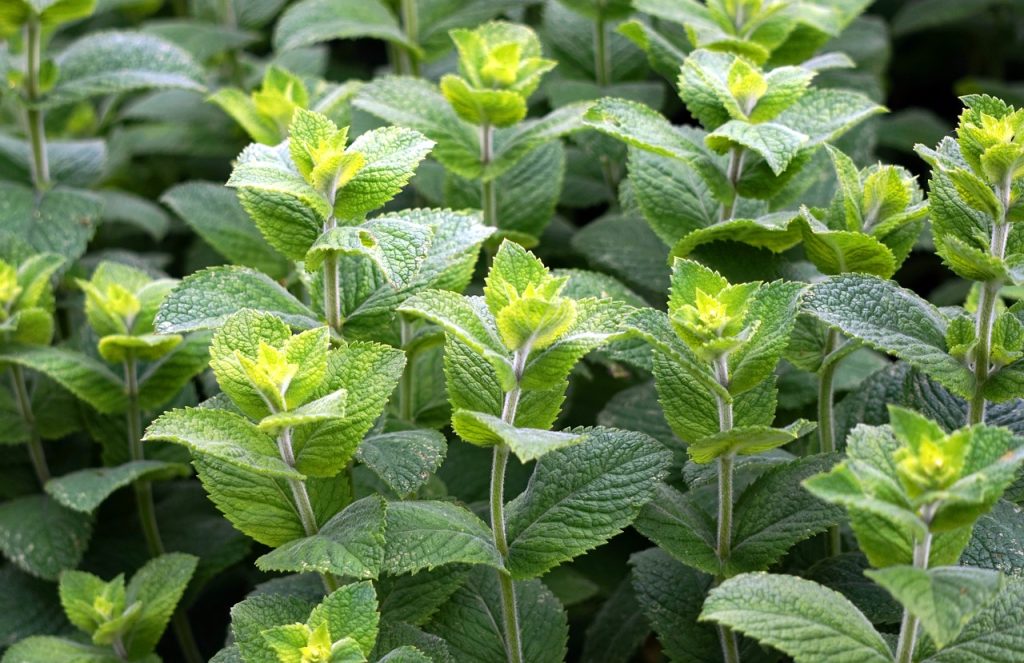
Peppermint is a refreshing herb loved for its aromatic leaves and culinary uses. Start by cutting a 5-6 inch stem just below a set of leaves. Place the cutting in a glass of water, ensuring that the leaves sit above the water line, and the cut end is submerged. Change the water every few days to maintain clarity. Place the glass in partial sunlight, and within a week, you’ll see roots emerging. Peppermint grows best in moisture-retentive soil after it’s been transferred and prefers cooler temperatures.
Rosemary (Salvia rosmarinus)
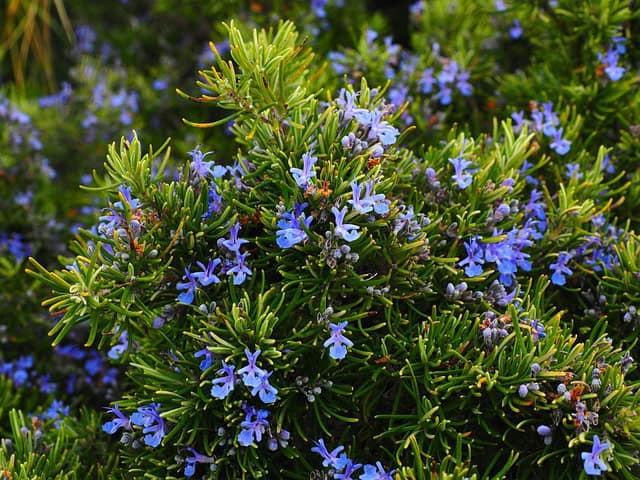
Rosemary is a fragrant herb widely used in cooking and known for its woody stems and needle-like leaves. To propagate rosemary in water, snip a healthy 4-6 inch cutting, remove the lower leaves, and put it in a glass of water. Place the container in an area with bright light but avoid direct sunlight for optimal results. Change the water frequently to keep it fresh. Root development may take a few weeks, but once healthy roots are visible, you can transfer rosemary to soil. It prefers to be in well-draining pots and sunny locations.
Sage (Salvia officinalis)
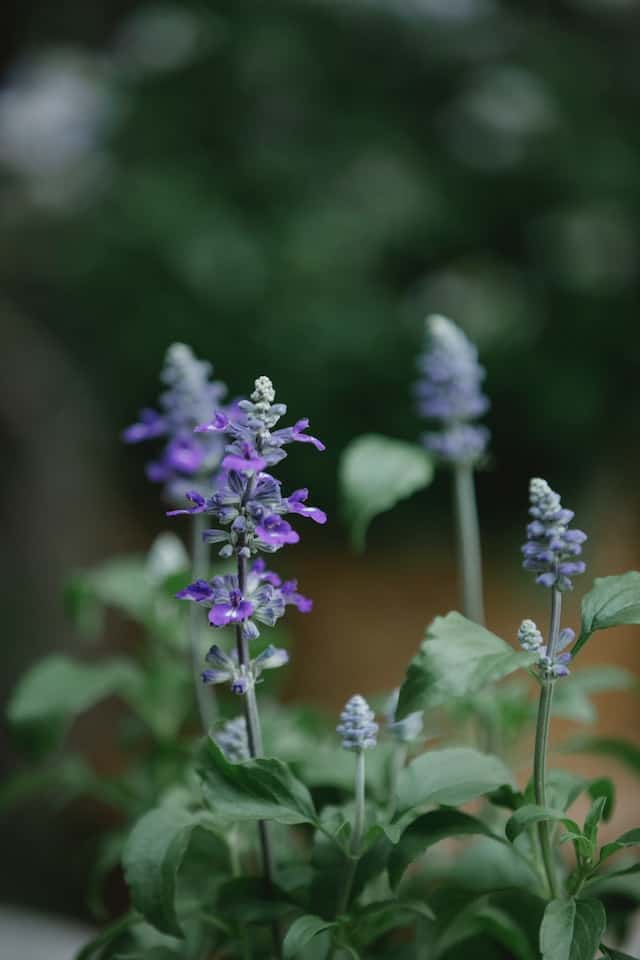
Sage is an aromatic herb often used in savory dishes. To propagate sage in water, cut a stem with several leaves, then place it in a glass filled with water, ensuring the leaves remain above the waterline. Set the container in a place with indirect sunlight and change the water every few days. Sage typically roots well and will start to send out roots within a couple of weeks. After sufficient rooting, sage can thrive once potted in a mixture with good drainage and placed in sunlight.
Spearmint (Mentha spicata)

Spearmint is refreshing and sweeter compared to peppermint, making it popular for beverages and desserts. To grow spearmint in water, cut a stem approximately 6 inches long. Remove the lower leaves and place the stem in a glass of water. Ensure the cut end is submerged while the leaves stay above the water. Place the glass in a bright, warm place, changing the water regularly. In about one to two weeks, roots will develop, allowing you to move your new spearmint plant to soil, where it can grow robustly.
Stevia (Stevia rebaudiana)
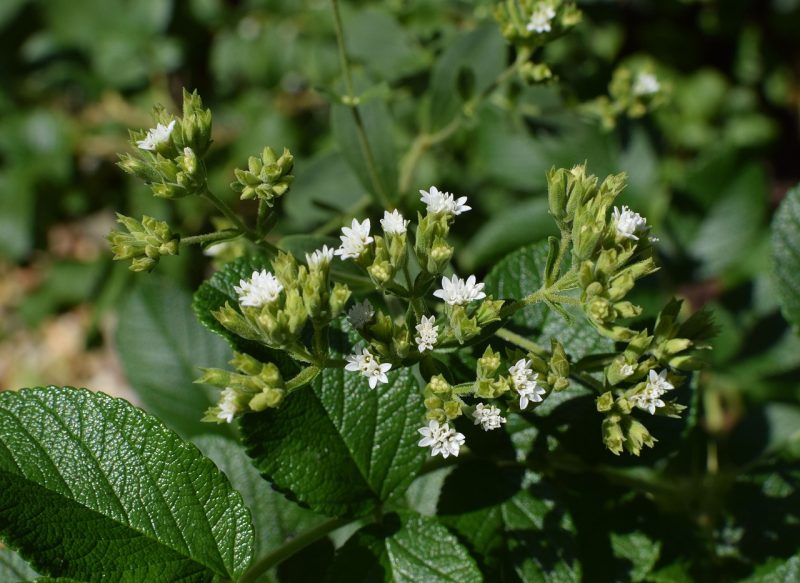
Stevia is a natural sweetener that has become increasingly popular for its health benefits. To propagate stevia in water, choose a healthy stem and cut it just below a node. Place it in a jar of water ensuring it is deep enough to submerge the lower end. Position it in a spot receiving indirect sunlight, changing the water every few days. Roots should emerge within a week or so, allowing for transplanting to soil. Stevia prefers well-drained soil and directly benefits from full sunlight.
Tarragon (Artemisia dracunculus)
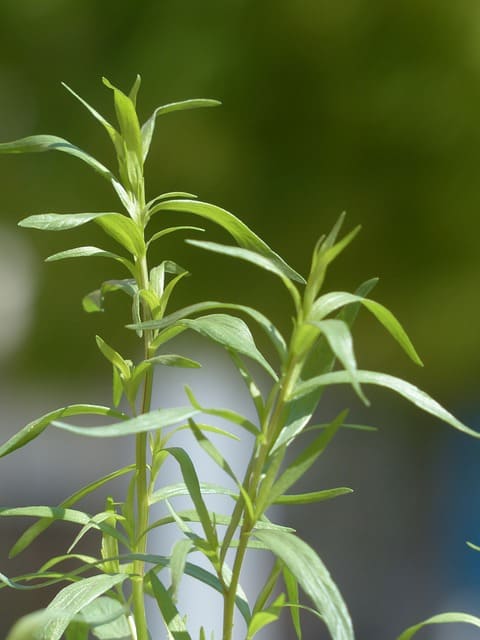
Tarragon is an aromatic herb known for its distinct flavor often used in French cuisine. While it is a bit more challenging to grow in water, it can be done with patience. Snip a healthy stem with a few leaves, removing the bottom leaves to prevent rotting in water. Place the stem in a glass with enough water to cover the cut end, but not the leaves. Put it in a bright location and change the water weekly. After several weeks, you might see some roots forming, allowing for successful transfer to soil afterward. Tarragon prefers well-draining, nurturing soil and thrives with care.
Thyme (Thymus vulgaris)
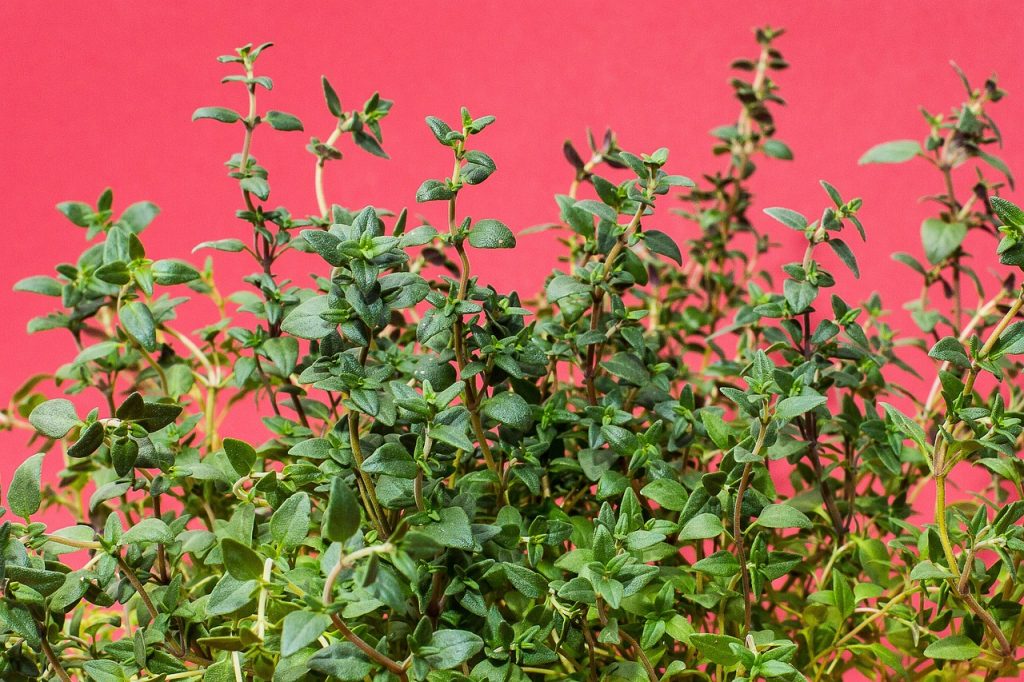
Thyme is a hardy herb that adds depth and flavor to various dishes. To propagate thyme in water, take cuttings from the fresh herb’s tip, around 3-4 inches long. Place the shoots in a glass of water, ensuring the cut ends are submerged. Make sure they are kept in a warm place with ample light but avoid harsh sunlight. Change the water every few days. In a few weeks, roots will begin to grow, making it possible to transplant the thyme into soil. This herb prefers dry conditions and full sun when growing well in the ground.



